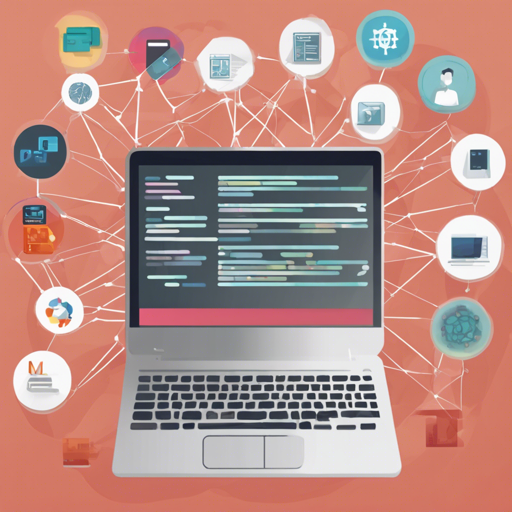Multi-task learning (MTL) is a powerful approach in machine learning where multiple tasks are learned simultaneously, sharing representations. In this blog, we’ll guide you through implementing several multi-task learning models and training strategies using PyTorch, as outlined in the repository we’re discussing.
Getting Started: Installation
Before diving into the implementation, you need to set up your environment. Here’s how you can do it:
- Ensure you have Anaconda installed on your machine.
- Run the following command to install the essential packages:
conda install pytorch torchvision cudatoolkit=10.2 -c pytorch
conda install imageio scikit-image # Image operations
conda install -c conda-forge opencv # OpenCV
conda install pyyaml easydict # Configurations
conda install termcolor # Colorful print statements
Take a look at the requirements.txt file for more package version details.
Setting Up Your Environment
Now that you have installed the necessary libraries, follow these steps:
- Adapt file paths to your datasets in
utilsmypath.py. - Specify the output directory in
configsyour_env.ymlfor storing results. - You need the seism repository for edge evaluation.
- If you want to leverage HRNet backbones, download the pre-trained weights here.
The datasets will automatically download to the specified paths when you run the code for the first time.
Training Your Model
To train the model, navigate to the configs directory to find configuration files. To start your model training, execute the command below:
python main.py --config_env configs/env.yml --config_exp configs/$DATASET$MODEL.ymlEvaluating Your Model
After training, the model evaluation happens automatically based on specific criteria. If you prefer to evaluate only during the last 10 epochs for faster results, modify your configuration file with:
eval_final_10_epochs_only: TrueUnderstanding Multi-Task Learning Models Through Analogy
Think of multi-task learning as a chef cooking a multi-course meal. Rather than preparing each dish separately one at a time (single-task learning), the chef simultaneously coordinates the preparation of multiple dishes (multi-task learning) by using shared ingredients and techniques. This enables the chef to save time and resources while ensuring that all dishes complement each other seamlessly. Each dish represents a task, and by learning them together, we improve overall efficiency and effectiveness.
Troubleshooting Common Issues
If you encounter issues during installation or implementation, here are some troubleshooting suggestions:
- Ensure that all dependencies are correctly installed and updated; sometimes mismatched versions can cause conflicts.
- If datasets fail to download, check network connectivity and specified paths in your configuration files.
- For evaluation discrepancies, confirm that you’ve pre-trained single-task networks as required for proper evaluation comparison.
For more insights, updates, or to collaborate on AI development projects, stay connected with fxis.ai.
Final Thoughts
At fxis.ai, we believe that such advancements are crucial for the future of AI, as they enable more comprehensive and effective solutions. Our team is continually exploring new methodologies to push the envelope in artificial intelligence, ensuring that our clients benefit from the latest technological innovations.

